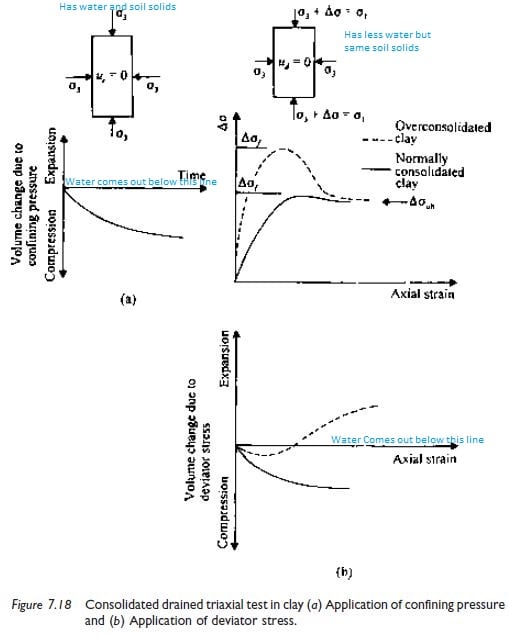learning2geotech
Civil/Environmental
Hi,
In a Consolidated Drained Triaxial test, you already let all the water out of the soil specimen during the consolidation phase. So when you let the water out again during the shearing phase, where does this water come from?
In a Consolidated Drained Triaxial test, you already let all the water out of the soil specimen during the consolidation phase. So when you let the water out again during the shearing phase, where does this water come from?

